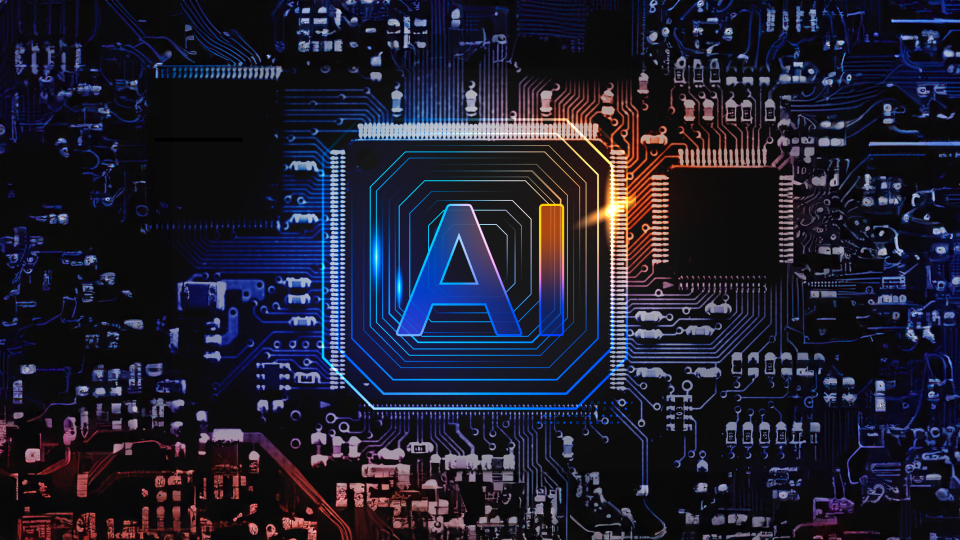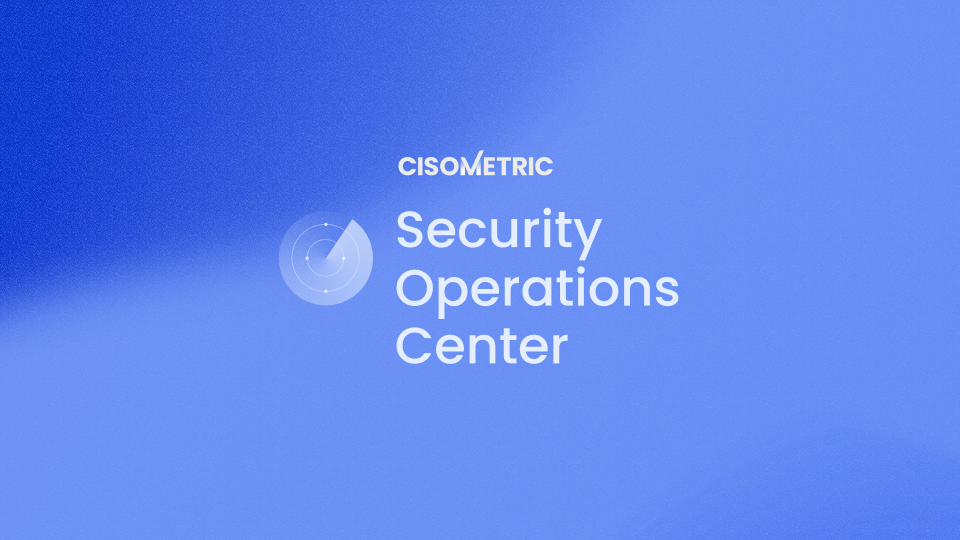By Patricia A. Pramono • Studio 1080, Published on September 12, 2024
TABLE OF CONTENTS
Today’s rapidly evolving digital landscape has sparked much of the conversation around Artificial Intelligence (AI) and its potential risks—hoaxes, misinformation, and the rise of non-factual content. As AI continues to advance at an astonishing pace, these threats seem ever-present, leading to fears of what AI-driven technology could do in the wrong hands. But behind these threats lies an equally powerful opportunity: AI’s ability to transform how we safeguard our digital future.
As cyber threats evolve and grow more sophisticated, traditional cybersecurity methods are struggling to keep up. Attackers are now using AI in their own scams and attacks, making their efforts sometimes smarter, faster, and more efficient than what human capabilities can handle alone. So, the question is: How can we stay ahead of these AI-powered attackers in such a fast-changing digital age?
The answer lies in the same groundbreaking technologies that are being weaponized against us—Artificial Intelligence (AI) and Machine Learning (ML). These tools are now not only critical in detecting and preventing attacks but also in outpacing the AI-powered tactics used by cybercriminals. AI enables machines to mimic human intelligence, while Machine Learning allows systems to learn and improve autonomously. Together, they have the power to redefine cybersecurity—providing proactive, scalable, and adaptive defenses against increasingly complex, AI-driven threats.
The Evolution of Cybersecurity: AI and Machine Learning’s Role
Historically, cybersecurity has been a reactive process—responding to threats after they've occurred. But AI and ML are shifting this dynamic. These technologies are driving a proactive approach, where systems detect and neutralize threats before they cause significant damage.
AI’s ability to process massive amounts of data and identify patterns that are invisible to the human eye makes it an indispensable tool in modern cybersecurity. Machine learning models, on the other hand, continuously refine their understanding of what constitutes a threat, learning from both historical data and real-time information.
This evolution allows organizations to be more resilient, reducing response times and limiting the impact of breaches. The result? Stronger, faster, and more reliable defenses against the ever-evolving capabilities of cyber threats.
AI's Impact on Threat Intelligence
One of the key areas where AI and ML are already making an impact is in threat intelligence. Traditionally, this has been a manual and labor-intensive process—one that is prone to errors and delays. Now, with AI-driven threat intelligence, cybersecurity teams can analyze vast datasets in real-time, identifying potential threats that would have otherwise gone unnoticed.
AI-powered systems can not only detect anomalies but also predict potential vulnerabilities. This predictive capability gives organizations the upper hand, allowing them to stay ahead of attackers rather than simply reacting to their moves.
However, while AI's role in threat intelligence is groundbreaking, it’s not without challenges. The effectiveness of AI systems depends on the quality of the data they are fed. Poor or biased data can lead to missed threats or false positives. Nevertheless, the benefits—speed, scalability, and continuous learning—far outweigh the drawbacks.
Also read: Threat Intelligence: How It Predicts and Prevents Cyber Attacks
AI-Based Threat Intelligence: Pros and Cons
AI-based threat intelligence offers a variety of advantages, particularly in enhancing the speed and accuracy of detecting potential cyber threats. Machine learning algorithms can sift through millions of data points to identify patterns that may indicate a looming attack. These systems can also update and adjust their models as new threats emerge, making them highly adaptive.
On the flip side, these systems are not foolproof. AI can sometimes be manipulated by skilled attackers who introduce subtle changes to fool the algorithms. Additionally, the reliance on data can be a double-edged sword: if the data used to train these models is flawed or biased, the outcomes can be equally flawed. Despite these cons, the ongoing evolution of AI-driven threat intelligence is vital for staying ahead of the game in cybersecurity.
AI and ML in Security Operations Center (SOC)
The integration of AI and ML into Security Operations Centers (SOCs) is nothing short of revolutionary. In today’s modern SOCs, AI tools help collect, normalize, and correlate data from a variety of sources—telemetry tools, threat intelligence platforms, and security information and event management (SIEM) systems. This level of integration enables a more streamlined and efficient approach to managing security incidents.
By using AI and ML, SOCs can enhance threat detection capabilities and automate response processes. AI reduces the number of false positives, helping security teams focus on real threats. It also enables faster response times through automation, which is critical when dealing with sophisticated, high-speed attacks.
For instance, in our next-generation SOC, more than 100 security detection systems and machine learning algorithms work together to deliver higher fidelity alerts and reduce false positives. This ensures that real threats are prioritized while reducing the noise of less critical alerts.
Cutting-Edge SOC: Real-World Applications of AI and ML
Cisometric’s Security Operations Center (SOC) stands out for its innovative use of AI and Machine Learning to transform how cybersecurity incidents are managed. By incorporating natively built-in machine learning, Cisometric’s SOC speeds up the delivery of high-fidelity alerts, significantly reduces false positives, and detects advanced threats more efficiently.
Through automated workflows and integrated threat intelligence, Cisometric’s SOC doesn’t just identify threats—it actively takes steps to mitigate them in real-time. The use of AI-driven detection methods has allowed Cisometric to offer unparalleled incident response, reducing dwell time and ensuring that threats are neutralized before they can do significant damage.
This advanced technology is evident through our SOC that can correlate security events from disparate tools in real-time, automating responses and providing security teams with actionable intelligence. This level of automation frees up analysts to focus on high-priority issues, making the entire organization more secure.
The Road Ahead for AI in Cybersecurity
Looking ahead, the future of AI and ML in cybersecurity is filled with promise. These technologies will continue to evolve, further reducing the window of opportunity for attackers and making it harder for cybercriminals to exploit vulnerabilities.
As AI systems become more autonomous, capable of responding to complex threats, organizations that adopt these technologies will be better equipped to protect themselves. However, it will remain crucial to complement these systems with human oversight to ensure that any potential flaws are caught and corrected.
Cisometric is committed to staying ahead in the rapidly changing landscape of cybersecurity by leveraging AI and Machine Learning to offer advanced security solutions. By continuously enhancing its capabilities, we ensure that our clients are equipped with cutting-edge tools to safeguard their digital environments.
What does the future hold for AI in cybersecurity? One thing is certain: AI's role in securing our digital landscape has only just begun, and Cisometric is dedicated to harnessing its potential for a safer future.
Follow us on LinkedIn for more updates regarding insights and the tips to protect yourself online like this.
LinkedIn: Cisometric
References:
AI and Machine Learning in Cybersecurity — How They Will Shape the Future






